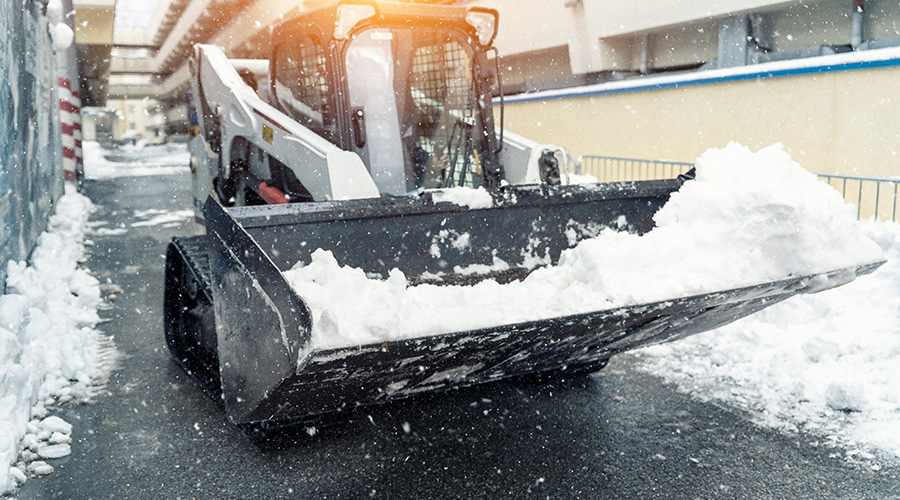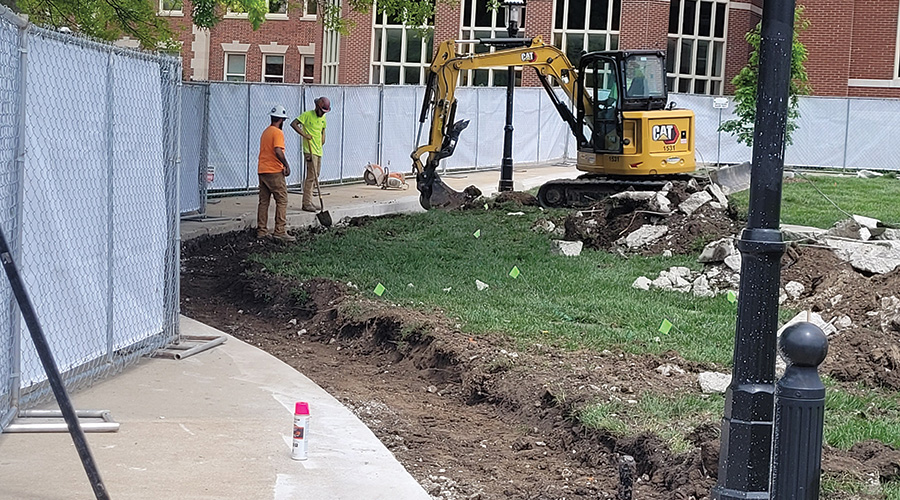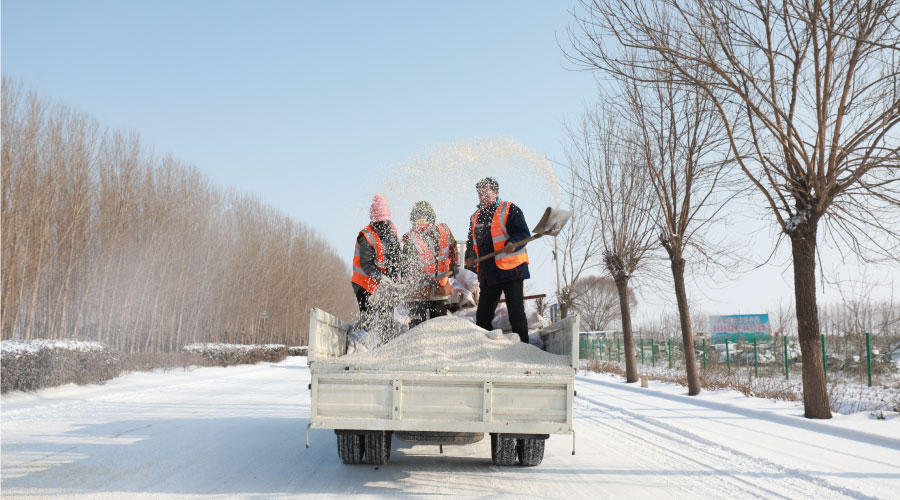Information Gathering: Assessment of Mowers
As part of the research process, Penner emphasizes the need for a hands-on assessment of mowers.
"They need to make sure they actually have a demonstration," she says. "Sitting on the seat in the showroom or driving around in the parking lot, you don't get the feel for how the machine operates. But if you have a demonstration in your own environment, then you can appreciate a lot of these developments.
"The other thing they might want to question is what kind of maintenance is required to maintain the suspension system or any of the other ergonomic features. They should also ask about the ergonomic adjustments that can be made for the operator, especially in cases where there are multiple operators on the machine."
The research process also should include a thorough discussion with the manufacturer about each individual manager's priorities.
"First and foremost, they should ask what seat configurations are available for a given mower," Palmer says. "Adjustability is another important point. For example, are the handle heights on a commercial walk-behind mower adjustable for operators of different statures? Finally, one important feature is deck-height adjustment. Does adjustment require undoing nuts and bolts, or is it merely turning a knob or adjusting pins?"
Penner emphasizes that manufacturers' attention to ergonomics benefits more than just the operator.
"Ergonomic design tends to be easier on the machine, too," she says. "You can aim ergonomics at the operator, but we pay attention to what kind of design elements will improve the longevity of the machine."
Related Topics:













